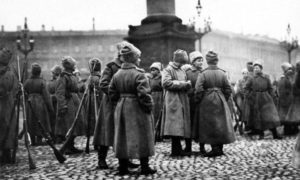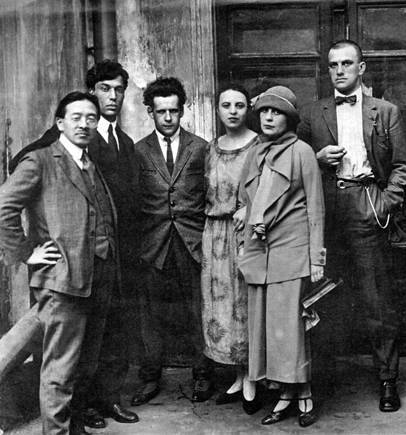Istanbul Institute of
Russian and Sovietic Studies

The people of Russia, except few rickety events, remained indifferent to the centenary of the 1917 Revolution and spent the November 7th 2017 like a normal day. According to a survey commissioned by the Communist Party, 58% of the Russian population was unaware of the 100th anniversary of the October Revolution (1).
Whereas Nov. 7th was a holiday celebrated by big ceremonies, during the Soviet era.
The editor of the independent Russian TV channel, documentary filmmaker Mikhail Viktorovich Zygor proclaimed that he was very surprised by the fact that the Russian press remained indifferent to the centenary of October Revolution (2).
The Russian President V. Putin, four days prior to Nov. 7th (in November 3, 2017), said that the October Revolution was a complicated episode of their own history and that these course of events should be treated with respect in an unbiased way (3).
Continue reading “The fantasy universe of Sergei Eisenstein’s ‘October’ – Ali Polat, Engin Kurtay”


